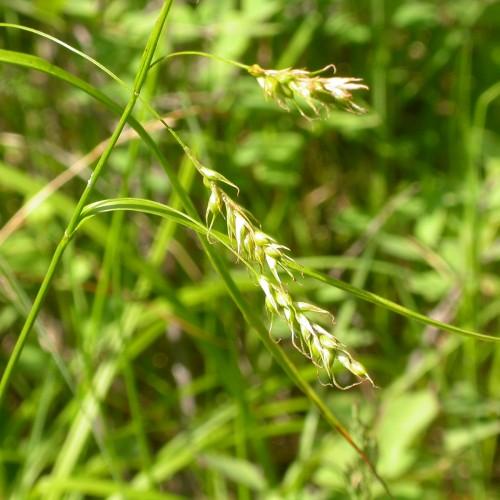
Slender Woodland Sedge
Carex digitalis
Also Known As - Slender Wood SedgeWatering:
Average
Hardiness Zone:
Flowers:
Flowers In Spring
Sun:
Sun, Partial Shade, Shade
Soil:
Loam
Leaf:
Yes
Growth Rate:
Low
Drought Tolerant:
Yes
Salt Tolerant:
Yes
watering
Roundfruit sedge is a desert-adapted plant variety that loves moist soil in full sun, but can also tolerate partial shade. When watering Roundfruit sedge, ensure that soil is kept moist but not overly saturated. Water the sedge deeply and slowly, preferably in the morning, every 2 weeks in hot and dry conditions, and give more frequent irrigation if needed in summer months. Make sure the water reaches the roots and avoid standing water. Over-watering can lead to root rot and fungal diseases. In winter, only water when the soil is dry, which may even mean never. Doing so will help to avoid root rot in cooler months.
sunlight
Roundfruit Sedge thrives in full sun to part shade and prefers moist to moderately wet soils. It's tolerant of a wide variety of soils, but it prefers soils with some organic matter. This plant species should be planted in a location that receives full sunlight for a minimum of 4 to 6 hours per day. For this plant species to reach its maximum potential, it should receive a minimum of 6 to 8 hours of direct sunlight during the growing season. It is best to avoid afternoon sun, as too much can cause the foliage to scorch.
pruning
Roundfruit Sedge should be pruned in early summer months, around June and July. Pruning should be done using sharp shears or pruners to remove dead growth and thin shoots for a neat, tidy appearance. The amount of pruning should be limited - lightly trim shoots to maintain the desired shape, but avoid drastic reductions in size. The goal should be to preserve the native shape of the plant and promote outward branch and shoot growth. Pruning should not be done too heavily, aiming instead to gently shape and promote a fuller, healthier plant.
